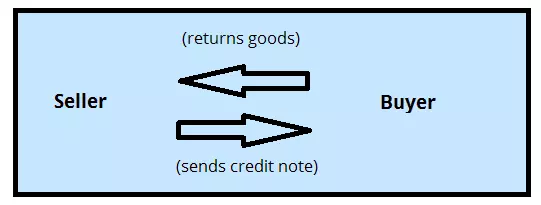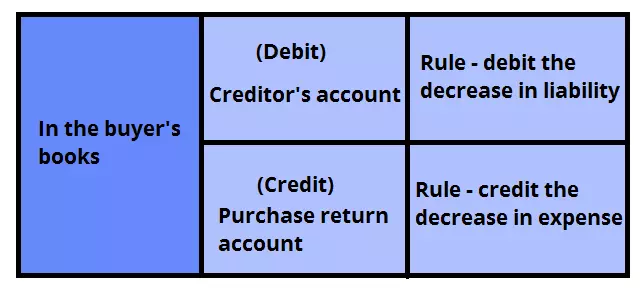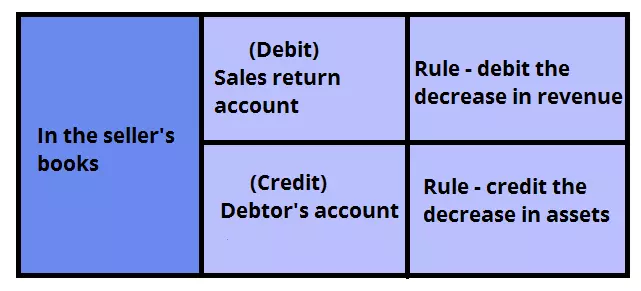Credit note accounting: how does it work and what needs to be considered?
Issuing credit notes saves both buyers and sellers time and hassle, which is why it’s a popular form of billing. But how do you post a credit note? In accounting, the credit note must also appear on the balance sheet. What does the booking entry look like?
Credit note entries simply explained
In another article, we explained what a credit note is. A credit note is also known as a credit memo, which is short for “credit memorandum.” It’s a document sent by a seller to the buyer, notifying them that a credit has been added to the customer’s account for goods returned. In this article, we will explain how to post credit notes correctly.
Making a credit note entry in the account
Credit notes are a little bit different to standard profit and loss posts, and therefore need to be entered differently. It also depends on whether you’re the buyer or the seller.
In the buyer’s account
Any goods returned by the buyer are regarded as purchase returns, which decreases the liability to pay the respective creditor and decreases the expense previously incurred to purchase said goods.
| Creditor’s account | Debit |
| To purchase return account | Credit |
If the buyer has not yet paid the seller, the credit note can be used to reduce the total liability. If the buyer has already paid the whole amount of the invoice, the buyer can decide whether they should use the credit note to offset any future payments to the seller, or as they can use it to demand a cash payment in exchange for the credit note.
In the seller’s books
Goods returned to the seller are known as sales returns. By returning these goods to the seller, it results in a decrease in revenue previously booked as sales as well as a decrease in assets, since the debtor won’t be making the payment anymore.
| Sales return account | Debit |
| To debtor’s account | Credit |
The seller should always review any open credit notes they have at the end of each reporting period to see if they can be linked to open accounts receivable. This reduces the aggregate amount of invoices outstanding, and can be used to reduce payments to suppliers.
Please note the legal disclaimer relating to this article.


